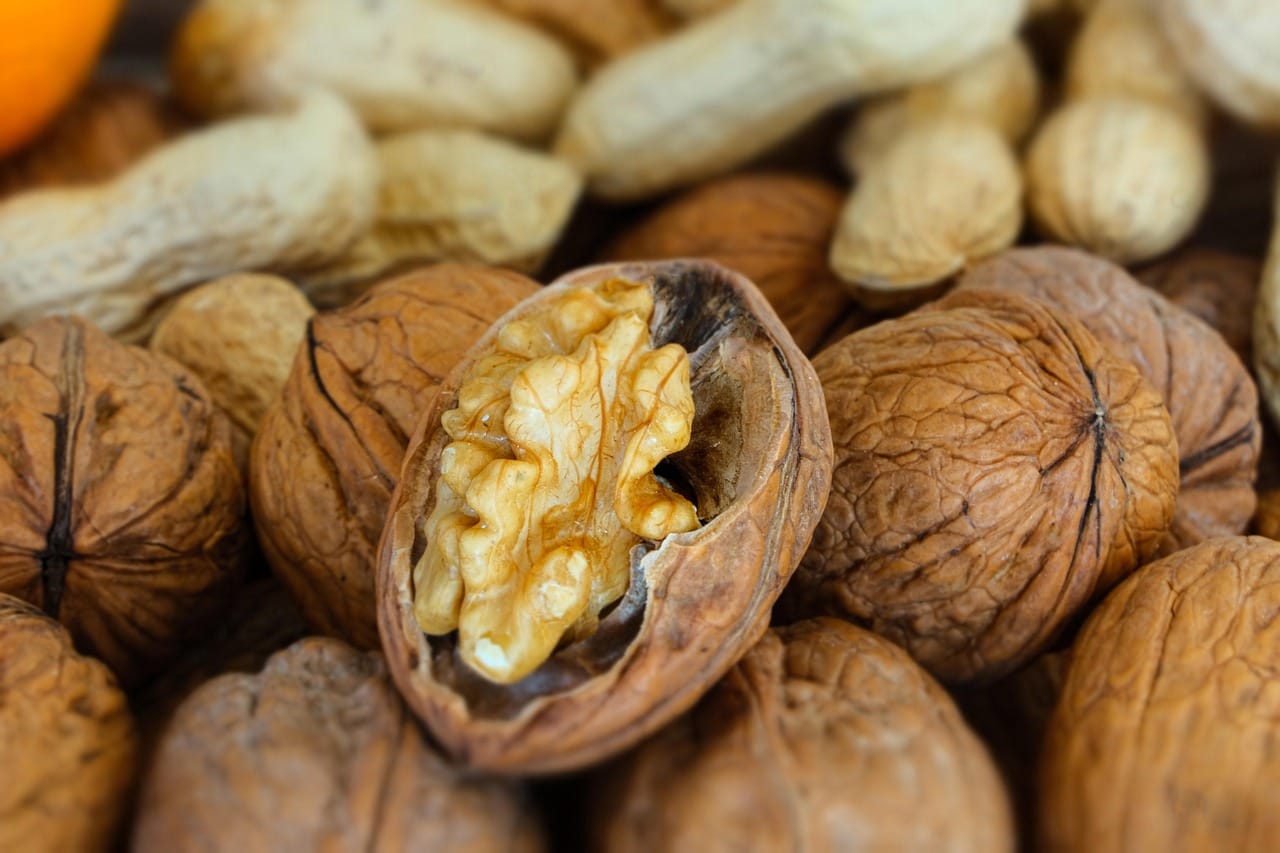A vegetable frittata is more than just a way to use up leftover veggies; it’s a versatile, nutrient-packed dish perfect for breakfast, brunch, lunch, or even a light dinner. Imagine a fluffy, golden egg base studded with colorful vegetables, baked to perfection. Whether you’re a seasoned cook or just starting out, mastering the art of the vegetable frittata will add a healthy and delicious option to your culinary repertoire. This guide will walk you through everything you need to know to create the perfect frittata every time.
What is a Vegetable Frittata?
Definition and Origin
A frittata is an Italian egg-based dish similar to an omelet or quiche, but cooked in a skillet and finished in the oven (or solely on the stovetop). The key difference lies in the cooking method: unlike omelets, frittatas are cooked slowly over low heat and often contain fillings that are mixed into the egg mixture. The word “frittata” is Italian and simply means “fried.”
Nutritional Benefits
Vegetable frittatas are inherently healthy, offering a wealth of nutrients. Here’s a breakdown of some key benefits:
- High in Protein: Eggs are a complete protein source, essential for muscle building and repair.
- Rich in Vitamins and Minerals: Vegetables contribute a variety of vitamins (A, C, K) and minerals (potassium, magnesium, folate).
- Customizable for Dietary Needs: Easily adapted to vegetarian, gluten-free, and low-carb diets. You can include low carb vegetables and cheese or skip it altogether.
- Excellent Source of Fiber: The fiber content from vegetables aids digestion and promotes satiety. Studies show that diets rich in fiber can reduce the risk of chronic diseases like heart disease and type 2 diabetes.
Essential Ingredients for a Perfect Frittata
The Egg Base
The foundation of any great frittata is, of course, the eggs. Fresh, high-quality eggs make a noticeable difference in flavor and texture. For a standard 9-10 inch skillet, aim for 6-8 large eggs.
- Eggs: Use fresh, high-quality eggs for the best flavor and texture.
- Dairy (Optional): A splash of milk, cream, or yogurt can add richness and creaminess. About 1/4 cup for every 6 eggs is a good starting point.
- Seasonings: Salt, pepper, and any herbs or spices you enjoy (garlic powder, onion powder, paprika, Italian seasoning) are essential.
Vegetable Selection
This is where you can get creative! Almost any vegetable works well in a frittata. The key is to pre-cook denser vegetables to ensure they’re tender.
- Popular Choices: Onions, peppers, zucchini, spinach, mushrooms, tomatoes, asparagus, broccoli, kale.
- Preparation Tips:
Pre-cook: Sauté or roast denser vegetables before adding them to the egg mixture. This ensures they’re cooked through and prevents a soggy frittata.
Chop evenly: Uniformly sized vegetables cook more evenly.
* Season: Lightly season your vegetables as you cook them.
Cheese (Optional but Recommended)
A sprinkle of cheese adds flavor and texture. Consider cheeses that melt well.
- Good Options: Gruyere, cheddar, mozzarella, parmesan, feta, goat cheese.
- How to Incorporate: Sprinkle cheese on top of the frittata before baking, or mix it into the egg mixture.
Step-by-Step Frittata Recipe
Preparation
Before you start cooking, make sure you have all your ingredients prepped and ready to go. This will streamline the cooking process and prevent any last-minute scrambling.
Cooking Process
Follow these steps for a perfectly cooked frittata:
Tips and Tricks for Success
- Don’t overcook: Overcooked frittatas can become dry and rubbery. Watch it carefully in the oven.
- Use an oven-safe skillet: Cast iron is ideal because it distributes heat evenly.
- Experiment with flavors: Try different combinations of vegetables, cheeses, and herbs to find your favorites. For example, sun-dried tomato, feta, and spinach make a delicious Mediterranean-inspired frittata.
Serving and Storing Your Frittata
Serving Suggestions
A vegetable frittata is incredibly versatile and can be served in a variety of ways.
- Breakfast/Brunch: Serve warm with a side of toast, fruit, or yogurt.
- Lunch: Pack a slice in a lunchbox for a healthy and satisfying meal.
- Dinner: Serve with a side salad for a light and balanced dinner.
- Party Appetizer: Cut into small squares and serve as an appetizer at parties or gatherings.
Storage and Reheating
Frittatas can be made ahead of time and stored for later use.
- Refrigeration: Store leftover frittata in an airtight container in the refrigerator for up to 3-4 days.
- Reheating: Reheat in the microwave, oven, or skillet until warmed through. Microwaving is fastest, but the oven will yield the best texture.
- Freezing: While possible, freezing can affect the texture of the frittata. If freezing, wrap tightly in plastic wrap and then foil. Thaw in the refrigerator overnight before reheating.
Conclusion
Mastering the art of the vegetable frittata opens up a world of culinary possibilities. From utilizing leftover vegetables to creating a healthy and delicious meal, the frittata is a versatile dish that’s sure to become a staple in your kitchen. With the tips and techniques outlined in this guide, you’re well-equipped to create your own perfect vegetable frittata every time. So, gather your ingredients, preheat your oven, and get ready to enjoy this delightful and nutritious dish!




